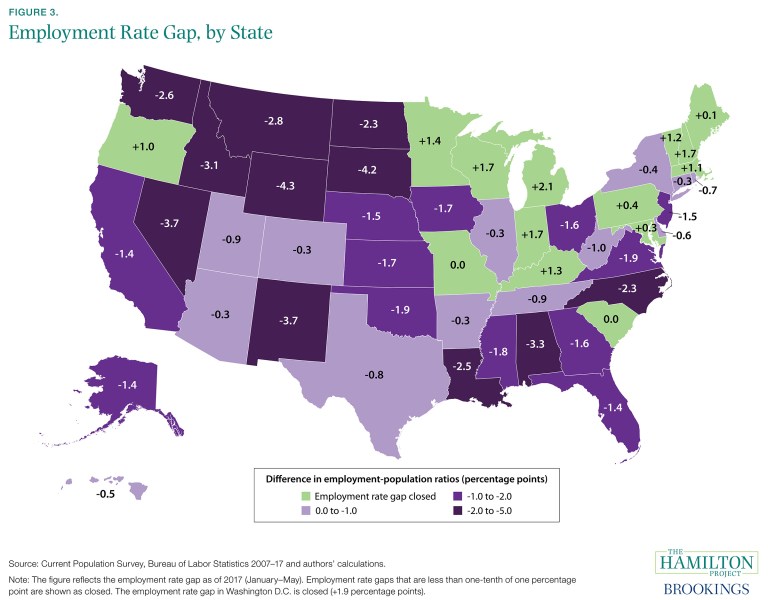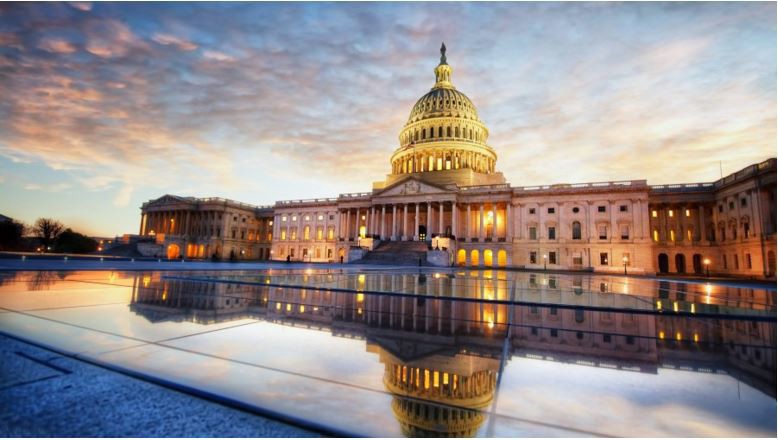Now that the nation has fully recovered from the Great Recession of 2008-10, it’s a bit of a shock to learn that 35 states still have employment rates below those of the pre-recession period while Michigan has fared the best.
The Brookings Institution reports that in July the nation as a whole finally returned to the employment level of 2007, marking the end of a 10-year jobs gap that was far longer than the recovery times in recent recessions.
A study by The Hamilton Project, a Brookings endeavor, looks at state-by-state employment levels while factoring in changes in population and demographics over the past 10 years.
Only 15 states have exceeded their 2007 employment mark. Michigan, which was hit as hard by the recession as any state, stands at the top of the list at 2.1 percent above the employment level of a decade ago. That rise in jobs, however, reflects the fact that Michigan’s economy was already struggling in ’07 while most states were doing much better and have had a much higher plateau to reach.
The states who lag the most are in the West and the upper plains, such as Wyoming, North Dakota, Idaho and Nevada. States who are ahead of the game are mostly in the Midwest and Northeast.
These numbers reflect the labor participation rate and, more particularly, the population-to-employment ratio. In other words, they are not based on unemployment rates.
The Hamilton Project research also shows that the 2007-17 employment gap was much deeper than prior recessions dating back to the early 1980s.
Blacks, Hispanics and white working class men suffered the most during that 10-year employment drought. However, labor participation rates among white men, ages 25 to 54, have been dropping well beyond 2007.
Education was also a huge factor during this jobs gap. Those with a college graduate degree were barely affected while those with a high school diploma or less suffered the most.










